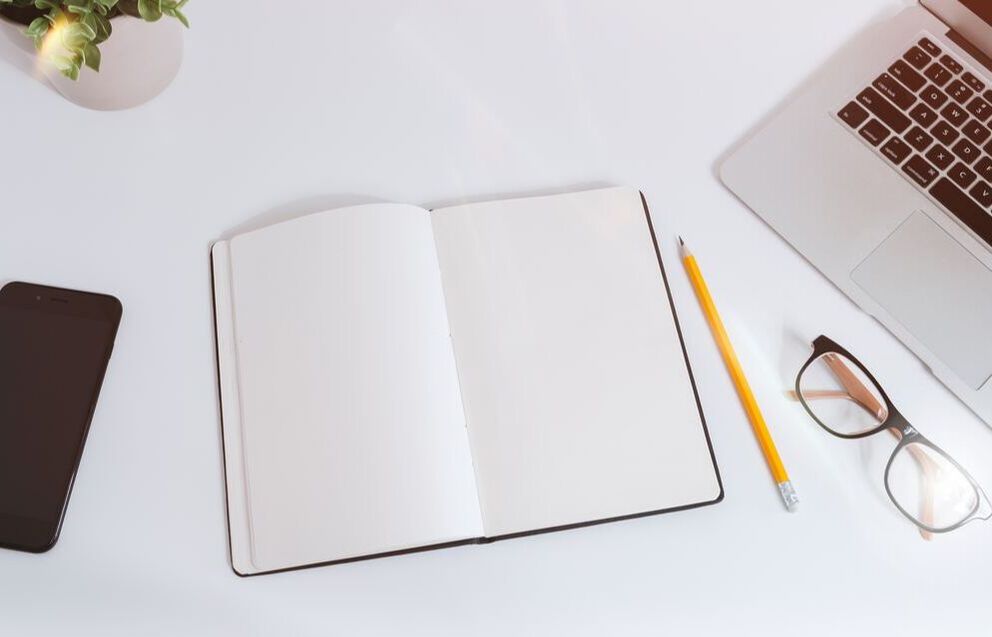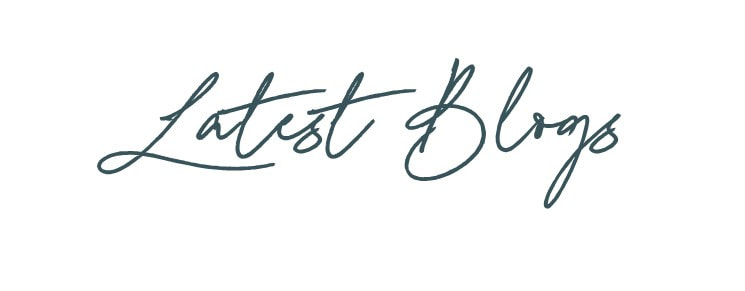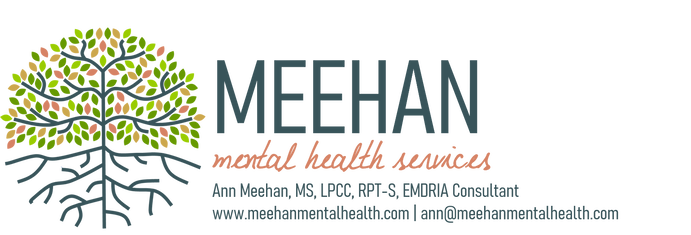|
One of my favorite topics in supporting Play Therapists is the work that happens at the edges of the practice. Like, all the tasks that you need to do when the client leaves the office (or the camera is clicked off)! The notes, the documentation, the scheduling, and coordination. All. The. Things. One thing I have realized is that most therapist really hate progress notes. Okay, so here’s a secret, I actually kind of like doing my notes. I get so much rich insight during my documentation that I might not have realized due to high levels of attunement and presence during the session. Like true lightbulb moments. I also realize that I am in the minority here and that most therapists despise notes. I think I have the uncomplicated relationship with notes because I get them done within my workday without any paperwork hours. No late nights, no weekends, just tucked into my regular therapy day! I wanted to share some of my Play Therapy documentation tips for progress notes that might have you reevaluating your relationship with your notes….like from completely stressed out to seamless? Here are my top 4 tips on more efficient notes for play therapy: Know your theory The content of your note is going to come directly from the theory you use. My Child Centered Play Therapy Notes sound completely different than my Cognitive Behavioral Play Therapy notes. It makes sense, right? Different theories are going to use different interventions and different techniques. Go back to your foundational trainings/texts and identify the top interventions from your theory that you use in your practice and use that exact language in your notes. Include the “What” and “How” Identify the top toys the client engaged with during the session. Include information if they focused on one toy/type of toy or multiple. Did they play in the doll house for the entire time? Did they switch between 15+ toys including the dart guns and the swords? This is not meant to be a narrative of the entire play session, but include important information about the feel and the flow. Was the energy high or low? Were there periods of chaos followed by calm? Get clear on your top interventions and techniques After going back to the basics write down your top 5-10 interventions that you use most frequently and separate list of what goals you may be wanting to accomplish. Why is the child engaging in a sand tray? What is the purpose of playing Candy Land? How does all of this tie to therapeutic goals? Keep it simple, keep it short Spoiler alert – my notes are very boring. Well…maybe not to an auditor who is introduced to the turtle that was viciously attacked by a lion, but they are pretty cookie cutter. I have a lot of the same types of sentences altered for the specific client content. I created this training HERE on writing seamless notes as efficiently as possible and reviewed tons of my notes to come up with the basic phrases I use most often. I guarantee if you do a note audit you will quickly identify your top statements you use with clients to begin to compile your own list. Check out some of these examples of my most used phrases in my Data section of my notes: Child Centered Play Therapy:
Cognitive Behavioral Play Therapy:
There you have it, some of my best tips to help you streamline your Play Therapy notes! What are your favorite sentences? Leave a comment below! If you need a little more note writing support take The 5 Minute Note Course - where 10 days transforms your notes from novels to efficient and effortless! The course also includes special bonus play therapy note templates! Let's Connect - click here to join my email list!
12 Comments
Ashley D
10/14/2020 08:11:30 am
This has been helpful! Thank you!
Reply
Ann Meehan
10/14/2020 01:00:26 pm
Thanks Ashley! I'm glad this was helpful!
Reply
10/14/2020 08:16:56 am
Hello Ann!
Reply
Ann Meehan
10/14/2020 01:01:08 pm
I'm glad you found this helpful Nancy! and YES this is definitely not the reason we went to school and yet can cause so much distress!!!!
Reply
Bryan
12/9/2020 09:10:14 pm
Thank you for the progress note idea. I was told in my practicum the notes had to be super detailed. When I was a case manager, I had to have very detailed notes. This is simple and easy. I like boring. THank you
Reply
Ann Meehan
12/10/2020 11:02:45 am
Yes there are definitely a lot of misconceptions about notes and what needs to be in them AND sometimes depending on funding and places worked (unfortunately) it does need to be more detailed!
Reply
5/21/2021 07:31:30 am
That's good to know that you should keep it short. I could see how that would be a good choice for kids. I'll make sure to look for that if I find a therapist.
Reply
Annmarie Holness
10/26/2021 07:03:54 pm
Just transition from working in a make shelter to working with you. Any tips of scheduling. Session prep. Sometimes I don’t have a plan for session because that part is all new to me. How to write clinical notes
Reply
Ann Meehan
11/1/2021 07:20:08 am
First off Congratulations for making the shift! I know it can be overwhelming to try to learn everything at once.
Reply
Leave a Reply. |
Hi, there!I'm Ann Meehan, an LPCC, Loading... Archives
July 2024
Categories
All
|
Privacy Policies | Terms of Use | Disclaimer
Contact
[email protected] | Copyright Meehan Mental Health Services 2022
Contact
[email protected] | Copyright Meehan Mental Health Services 2022





